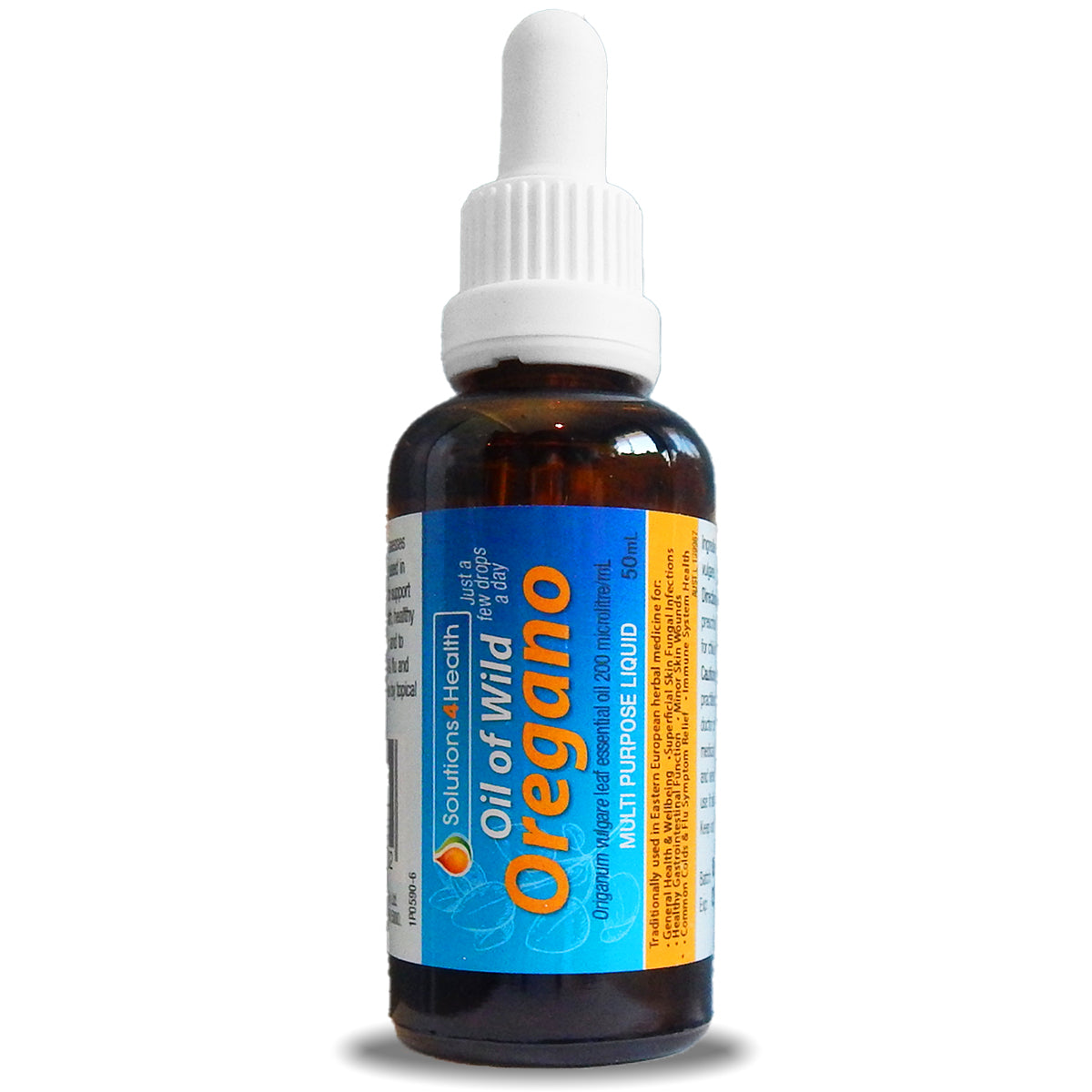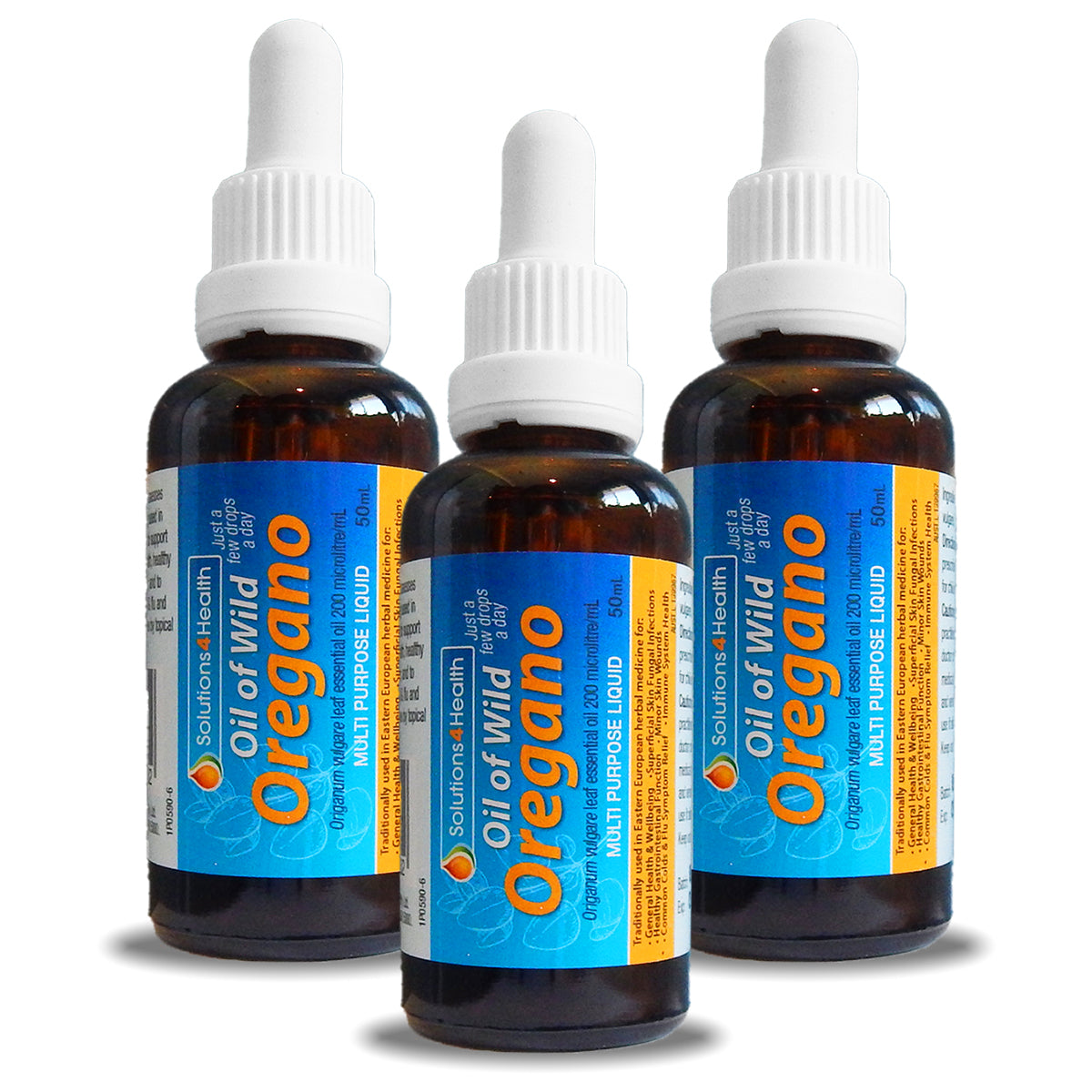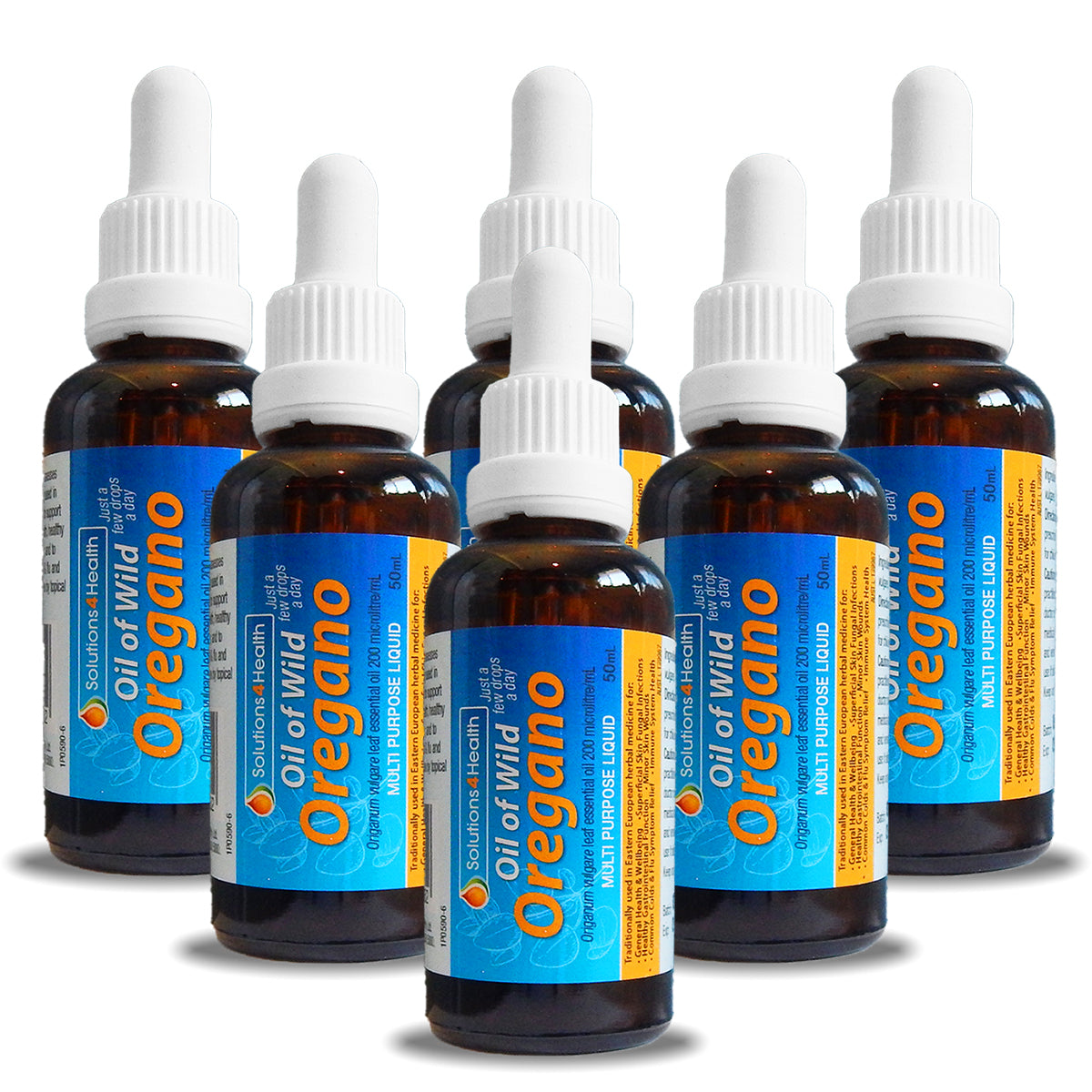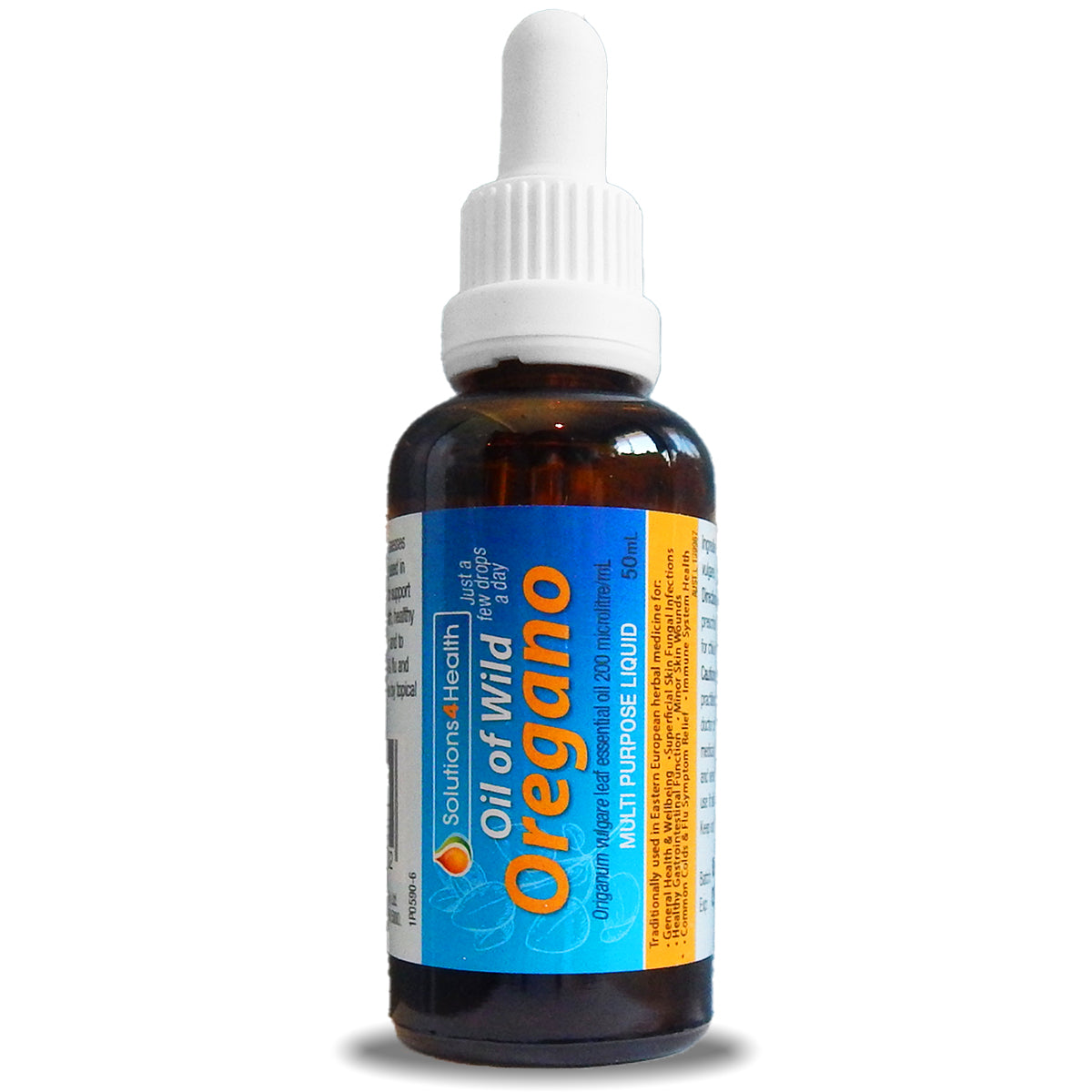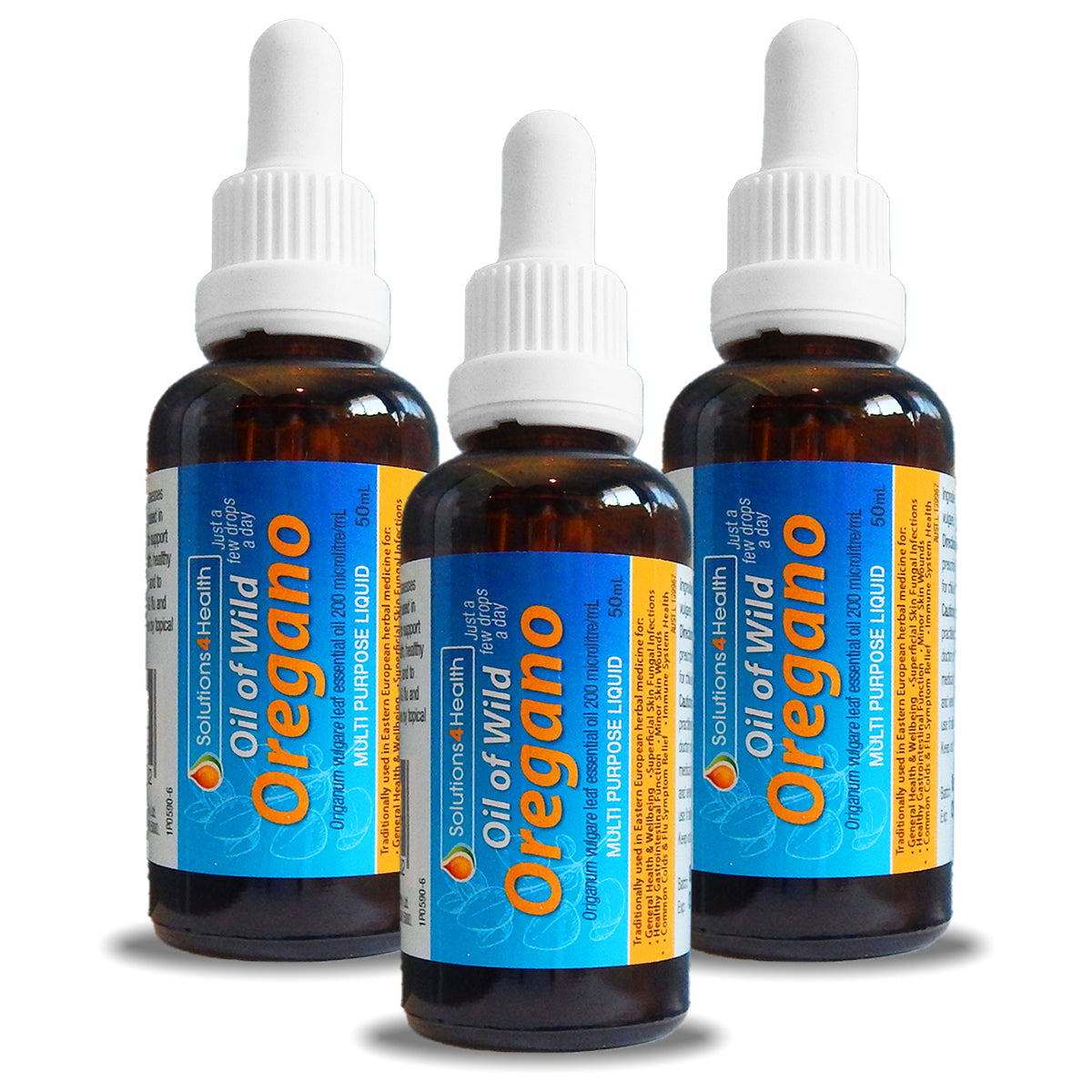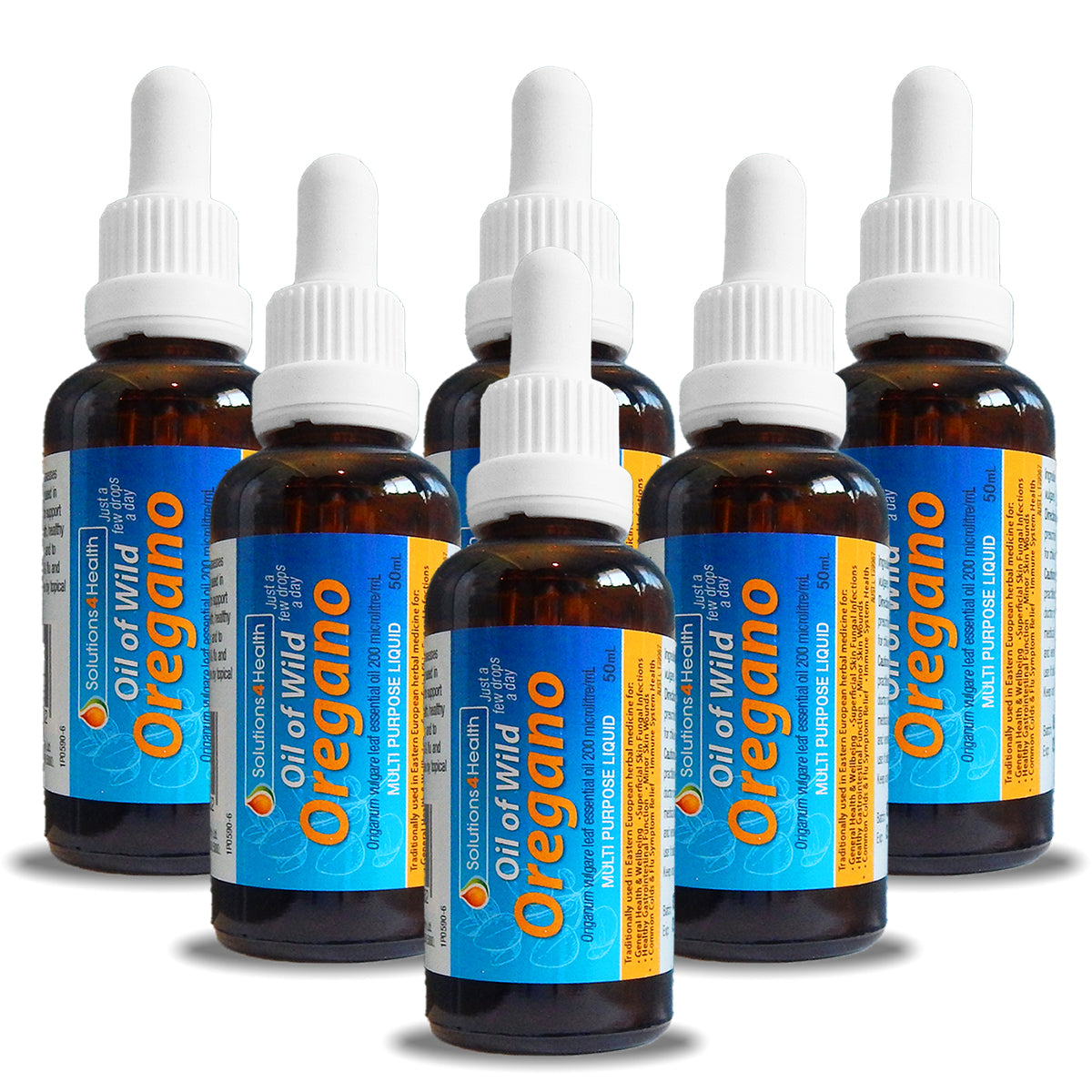Pesticide Presence in Your Food - What You Need to Know-
Friends of the Earth (FoE), a non-profit organisation, embarked on a journey to shed light on the pesticides lurking in our food.
They delved into Australian data spanning for over a decade. In the absence of consistent federal oversight, FoE pored over data from various sources, including the Australian Quarantine and Inspection Service (AQIS) Failing Food Reports, Food Standards Australia New Zealand (FSANZ) surveys, and state-based monitoring programs.
The Findings
From Highest to Lowest Pesticide Levels
Apples
Pears
Strawberries
Grapes
Lettuce
Nectarines
Peaches
Tomatoes
Apricots
Carrots
Plums
Green beans
Unveiling Pesticide Types and Percentages
The FoE study also revealed the most prevalent pesticide types in Australian food:
Insecticides: 39.5%
Fungicides: 32.1%
Synergists: 5.6%
Herbicides: 4.1%
Other: 8.6%
Synergists: These compounds hinder the target organism's ability to break down the pesticide.
These pesticides include hazardous substances like chlorpyrifos, fenitrothion, difocol, and dimethoate. Some are banned in the EU and the US, and many persist in soil or contaminate waterways, endangering aquatic life.
Chlorpyrifos: A Troubling Example
Chlorpyrifos, found in various crops, is commercially used but considered too dangerous for household use due to its neurotoxic effects. It's associated with developmental and behavioral issues in children and poses risks to animals and insects. Despite these concerns, it's still present in some garden products.
Strawberry Story
In 2008, Choice examined strawberries from 27 Australian growers and found residues of 9 pesticides, including chlorpyrifos and dimethoate.
Navigating Regulations
Australia sets Maximum Residue Limits (MRLs) for pesticides in fruits and veggies, aiming for safe consumption based on usage instructions and withholding periods. Monitoring occurs through surveys, like the Australian Total Diet Survey by FSANZ, and state initiatives. While most samples comply with MRLs, imported produce testing remains limited.
Making Healthier Choices
Opting for the "Clean Fifteen" can help minimize pesticide exposure:
Avocadoes
Sweet corn
Pineapple
Cabbage
Frozen peas
Onion
Asparagus
Mango
Papaya
Kiwi fruit
Eggplant
Grapefruit
Cantaloupe
Cauliflower
Sweet potato
A Healthier Path Forward
Considering home-grown or organic options can lessen your pesticide intake. If you're buying commercially grown, choose from the Clean Fifteen, cut back on the Dirty Dozen, and explore certified organic produce. For a truly wholesome approach, consider cultivating your own produce, focusing on the Dirty Dozen and avoiding pesticides in your garden.
REFERENCES
- Environmental Working Group (2015) EWG’s 2015 Shopper’s Guide to Pesticides in Produce.
Friends of the Earth (2012) The dose makes the poison. www.foe.org.au/sites/default/files/TheDoseMakesThePoisonFeb2012_0.pdf
3. Choice (2014)Strawberries and pesticides. How do you pick the best and avoid an extra serving of chemicals?
4. Food Standards Australia & New Zealand (2013)
5. NSW Department of Primary Industries (2006) Spray sense. Information on Pesticide Issues, No. 3.
6. Article based from “Pesticides in Fruit and Vegetables” by Sharron P https://www.sgaonline.org.au/pesticides-in-fruit-and-vegetables/

